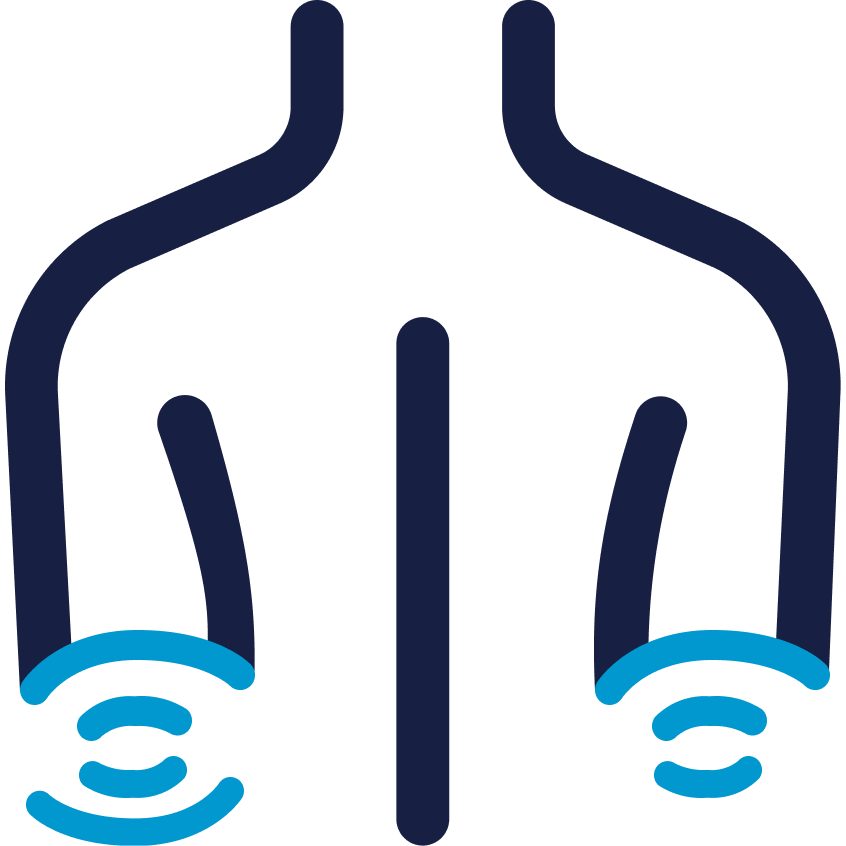
- Specialty Procedures
- /Elbow

An Olecranon Bursa Excision is a surgical procedure that involves the removal of the olecranon bursa, a small fluid-filled sac located at the tip of the boney elbow. The olecranon bursa acts as a cushion between the skin and the underlying bone, allowing the soft tissues to move freely over the underlying bone.
Normally, the olecranon bursa is flat. If it becomes irritated or inflamed, more fluid will accumulate in the bursa and olecranon bursitis will develop. Symptoms of olecranon bursitis can include pain, swelling, and redness around the elbow.
Plumbers or heating and air conditioning technicians who have to crawl on their knees in tight spaces and lean on their elbows are particularly venerable to reoccurring elbow bursitis. Those who participate in certain athletic activities, such as long holds of the plank position, may also experience olecranon bursitis and require treatment. Patients with certain conditions, such as rheumatoid arthritis and gout, also frequently experience the condition.
A surgeon may recommend an olecranon bursa excision if conservative treatments such as rest, ice, and anti-inflammatory medication do not relieve the symptoms. The surgeon will make an incision over the affected area and carefully remove the bursa during the procedure. The surgeon may also remove any excess tissue or accumulated debris in the area. The bursa usually grows back as a non-inflamed, normally functioning bursa within several months.
After the procedure, the surgeon will apply a splint to the arm. In most cases, casts or prolonged immobilization are not necessary. The physician will also recommend specific exercises to improve your range of motion, which would begin a few days after surgery. Formal physical therapy after surgery is typically not needed. However, the patient’s discharge instructions will provide exact details to follow.
The skin should be well healed within 12 to 16 days after the surgery. After 3 to 4 weeks, the surgeon may allow the patient to resume normal activities and the full use of their elbow. However, padding or use additional protection may be needed for the elbow several months after the procedure to prevent re-injury.

